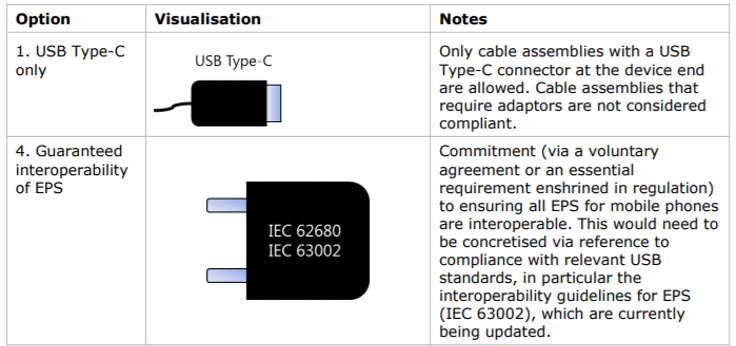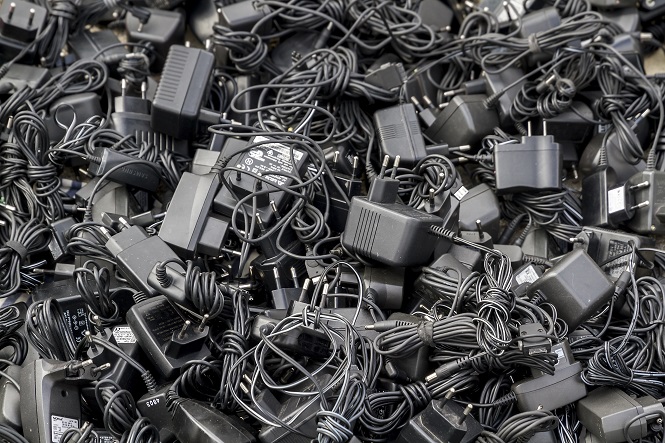We’ve been tracking the EU parliament’s moves to standardise mobile and personal equipment chargers for a while now.
In the last sitting of the EU parliament it was voted 582 to 40 in favour of the development and introduction of EU regulations by 30 June 2020, and that’s fast in law making terms.
There’s been a lot of uncertainty about what exactly has been proposed, and after reading dozens of documents we’re still not 100% sure. However, the EU parliment has given 3 clear directions to regulators:
- Take measures to best ensure the interoperability of different wireless chargers with different mobile devices
- Consider legislative initiatives to increase the volume of cables and chargers collected and recycled in EU member states
- Ensure that consumers are no longer obliged to buy new chargers with each new device: strategies to decouple the purchase of chargers from the purchase of new devices should be introduced with a common charger solution, MEPs say, stressing however that “any measure aiming at decoupling should avoid potentially higher prices for consumers”
The first two instructions are clear and easy to understand: ensure the interoperability of Wireless charging standards, likely making Qi the logical winner in the EU, and likely the rest of the world. Secondly, promote recycling which is something we can all get behind.
The third measure is where the complexity and intrusion comes in.
Firstly, the idea of decoupling chargers from devices sale for mobiles has been circulating for some time, basically the EU wants charger and cables sold separate and not automatically bundled in the box – think batteries not included.
While this may feel consumer hostile it is actually essential for achieving the EU’s desired environmental outcomes.
The rub for consumers will be this – do the vendors end up charging more of an unbundled phone and separate charger? The EU did provide some guidance here however: “any measure aiming at decoupling should avoid potentially higher prices for consumers.”
The other little gem hidden in there is “introduced with a common charger solution”. The main drive of the initiative got very little mention, and this is where the digging came in.
There are multiple reports, summaries, feedback and guidance on the EU parliament website. The EU has considered multiple options for how to implement a common charging solution for BOTH the wall charger and the phone connector. See the summary of their report below (linked here).

There’s a not too long report that summarises off of the positives and negatives of these initiative and ends up making a recommendation. Option 1 for the cable/ port with Option 4 for the ‘External power source’ (wall charger).

This recommendation would see all devices have a USB type C port, no wriggling out of the plan by bundling a Type C to proprietary dongle or proprietary to type C dongle this time (looking at you Apple). It also would see all wall ports use a Type C connector and support a minimum specification for power delivery.
This may not rule out additional proprietary charging standards that some endorse/use, but it would mean all phones and chargers would have a base interoperability, and that’s just a good thing.
Before we all get too excited, this is a direction to create a regulation by July 2020, there is no guarantee exactly how the Commission will implement this regulation, how that will be interpreted by enforcement agencies and how this will affect companies behaviour.
So while we do see this as a victory for consumers, a victory (long term) for the environment and a real show of leadership on behalf of the EU, we will reserve all celebrations until we see the effects of implementation.





What will be interesting is seeing if this gets enforced on smart assistant devices.
There is qi option for iPhones, which is fast better than cables. Case closed